February 2014 – Casa Grande, is a couple of hours north of Tucson on the route back to Phoenix. It hosts a very unique festival in February each year – a gourd festival. Very creative and artistic people congregate here with incredible art and craft of objects made out of gourds – those tuber type things of no other known human value. We marched around the fairground for a whole day taking in commercial exhibits of items for sale and supplies for those getting started in the craft as well as displays of competitive offereings from beginners to established masters of the art. We also connected at the show with new friends who we met on the road last year – Robert and Christine, from Kelowna.
Between Casa Grande and Tucson is a ragged rock outcropping which forms the centrepiece of Picatcho State Park. There is camping, day use and most importantly a bunch of really good hiking. We had intended to challenge Picatcho Peak while in Tucson but just didn’t have time so we backtracked and set out on the most difficult route – the Hunter Trail – available as a kind of personal challenge. Well, it wasn’t like climbing Mount Everest (not that I’ve done that) because the trail was very busy with young people sprinting to the top, families and old people like us just pacing ourselves so we could make the round trip. The trail is two miles from the trailhead to the summit and four miles round trip. The vertical elevation to the peak is 1400 feet but about half way up you descend about 400 feet before resuming the climb. Some parts are very steep and can only be traversed by hikers with the aid of cables to allow you to pull yourself up near vertical slopes with limited footholds. It was a great hike but rated “difficult” and frankly at the limit of of current hiking abilities.
Casa Grande derives its name from local Hohokam ruins named by a Spanish explorer. The south western US was populated before European arrivals by a variety of Indian civilizations and societies including the Hopi and the Anasazi. Archaeological scholars are continually advancing our understanding of how these societies grew and flourished and ultimately died out. Jared Diamond, in his ground breaking book “Collapse” characterized the Anasazi as potentially one of many societies whose demise was predictable but who seemed helpless to recognize it incrementally closing in on them (creeping normalcy). Our guide explained a number of aspects of the construction of the large central building but really didn’t offer anything about how they lived or why they moved on. In my view, it is likely that the Hohokam either over cropped or at least reached the sustainable limits of their environment and may have faced the final straw when cyclical weather patterns resulted in an insurmountable drought or other calamity which propelled their community into starvation or internal social chaos. Some day a new plausible theory will emerge. Preservation of the site reminds us that there is much to learn about societies which were not advanced enough to document and preserve their historical records let alone sustain themselves.
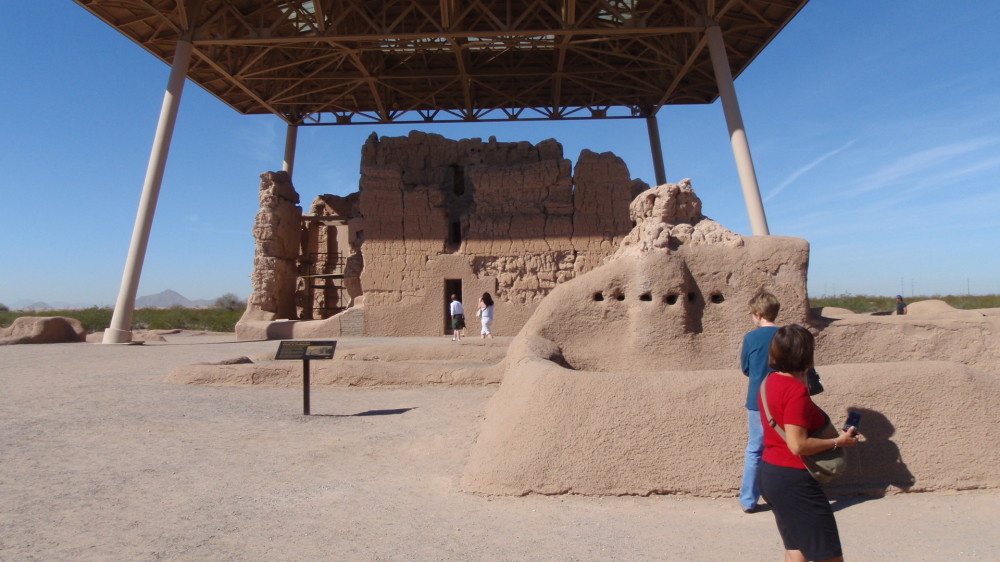
Preserved three story lodge. In the foreground you can see the effect of erosion on unprotected structure.
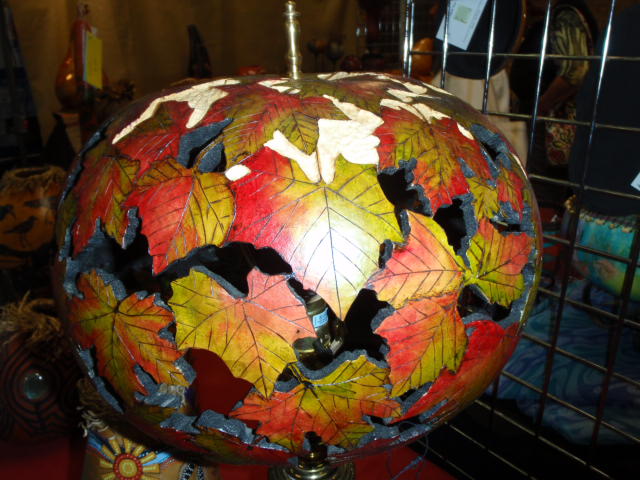


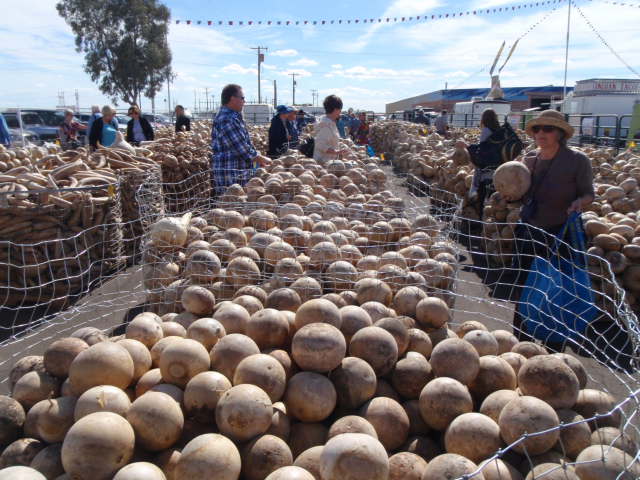
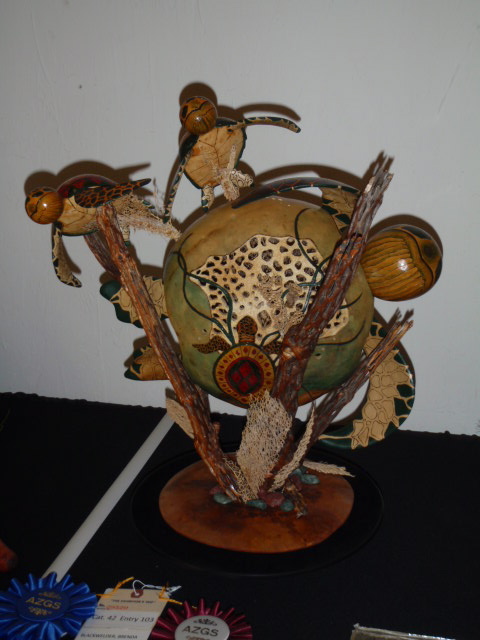
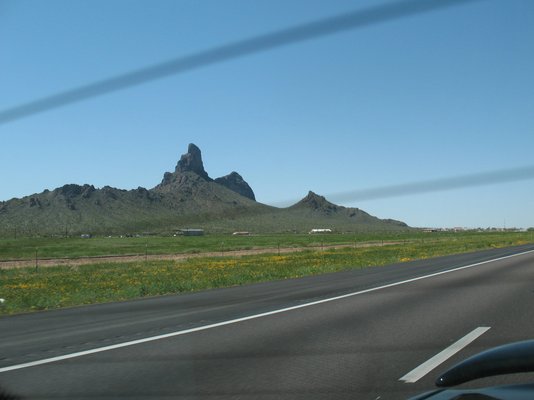
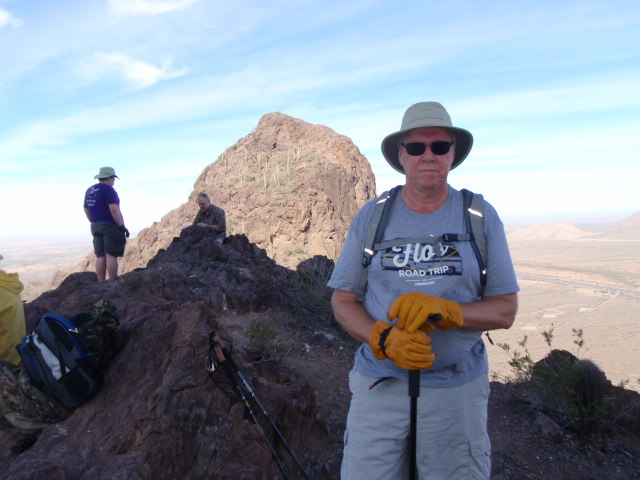
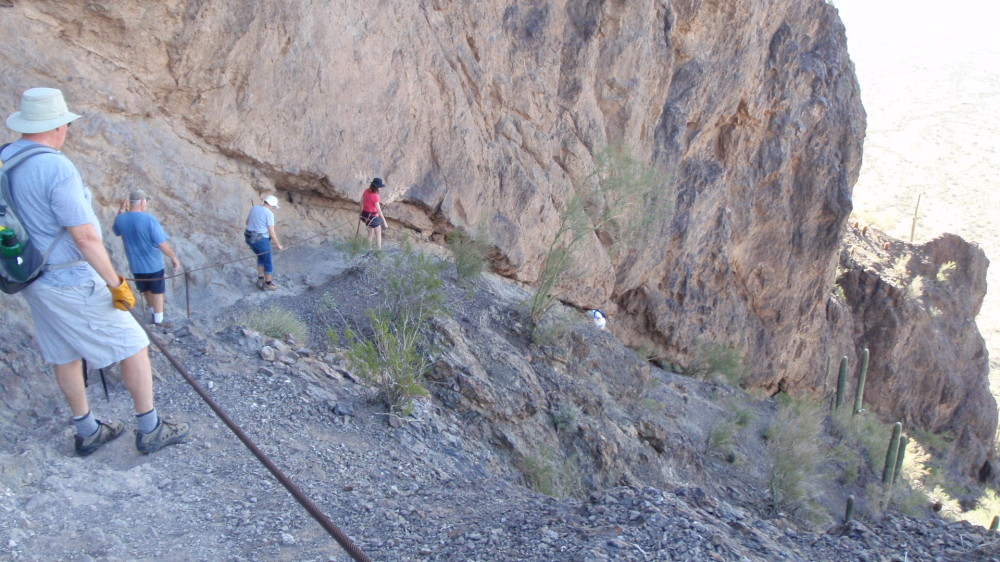
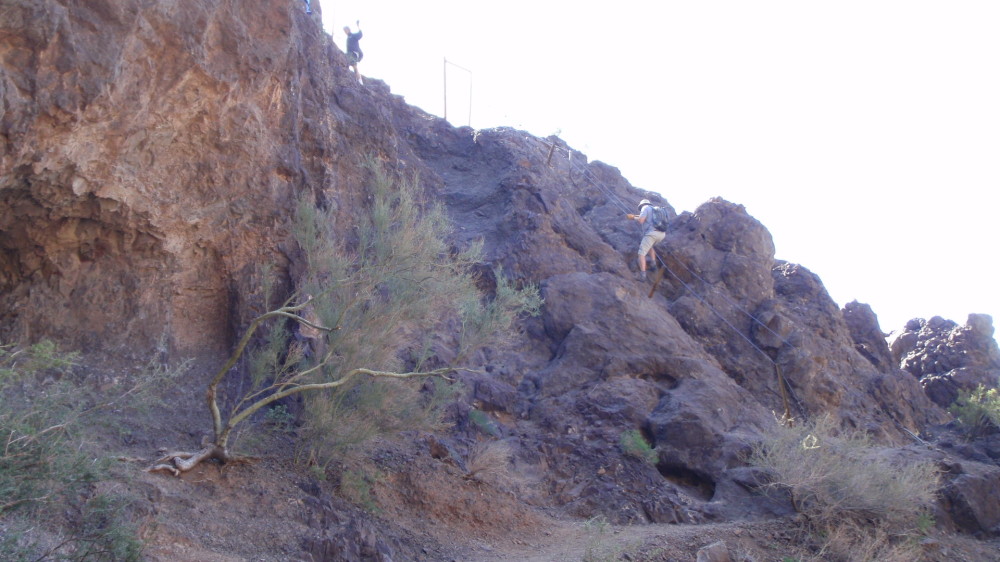
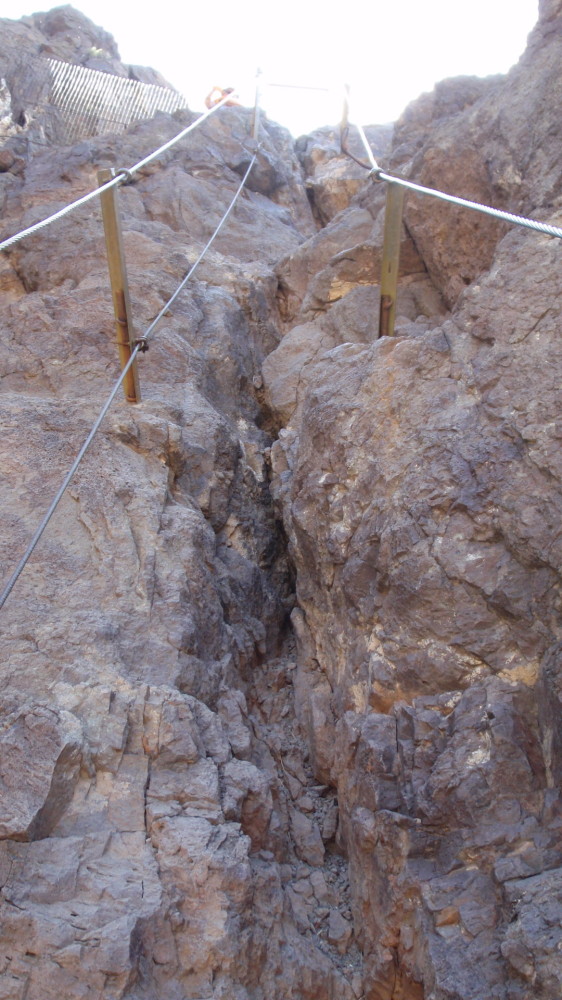
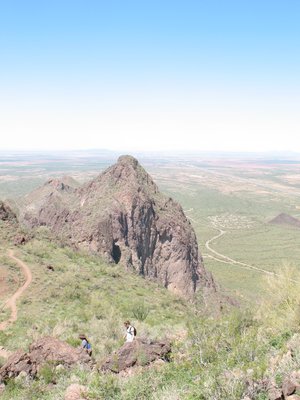

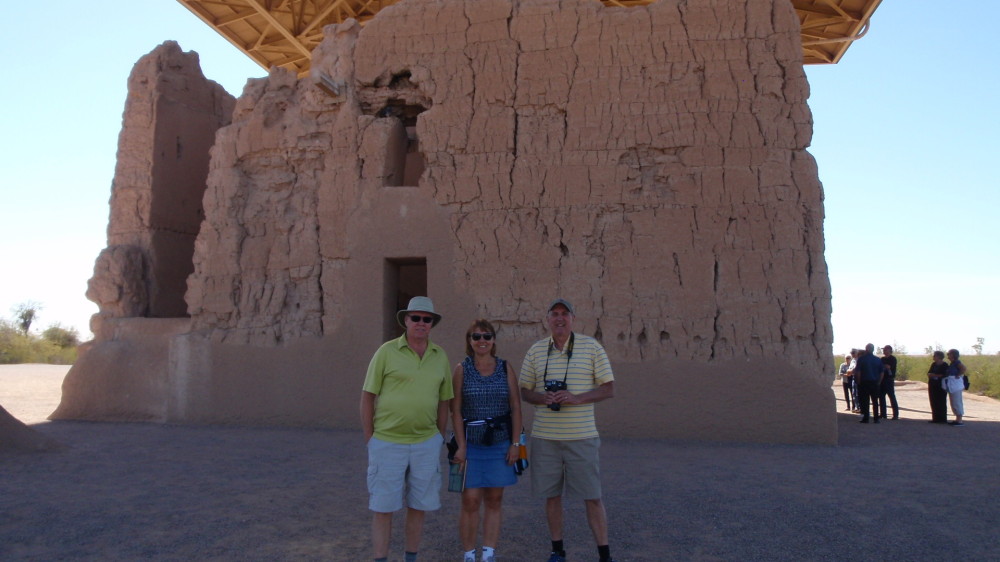
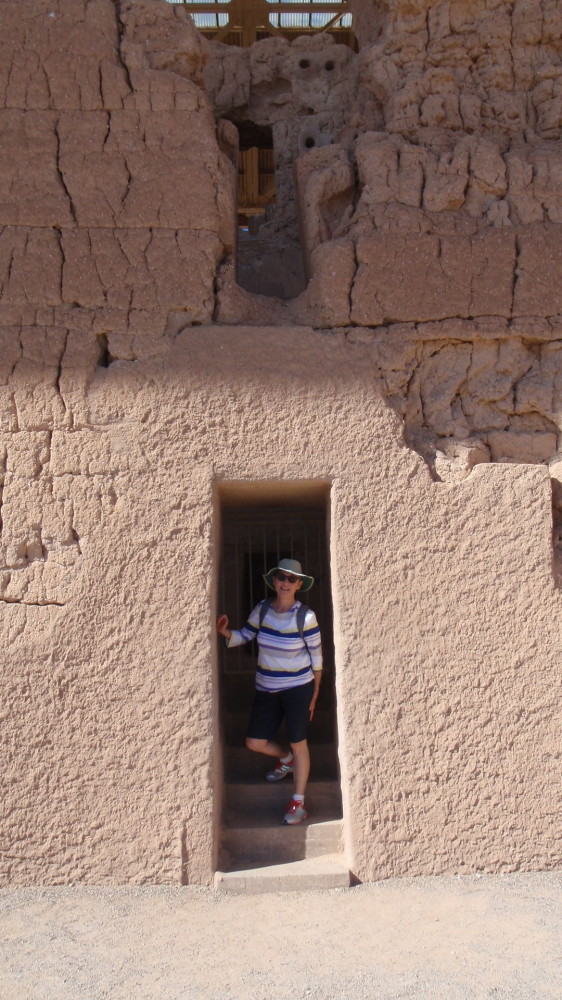
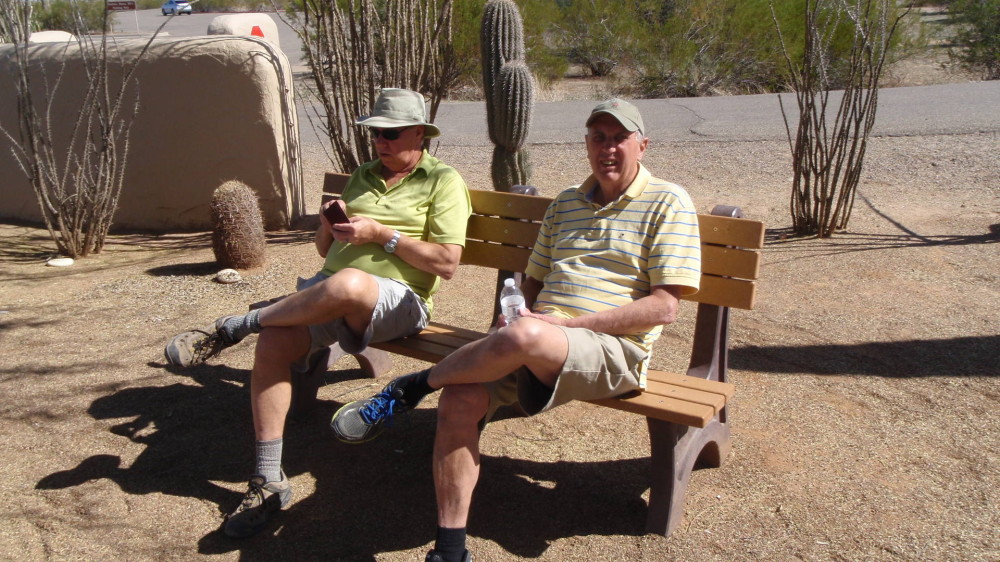
Leave a Comment